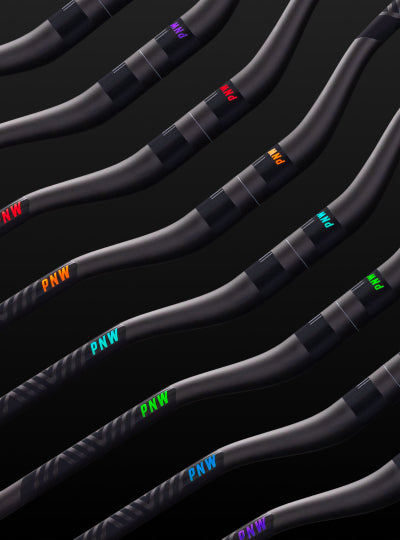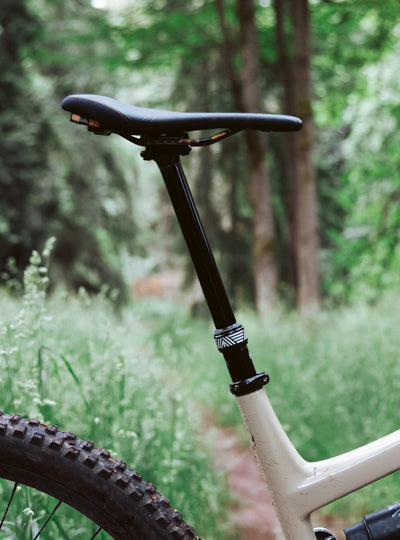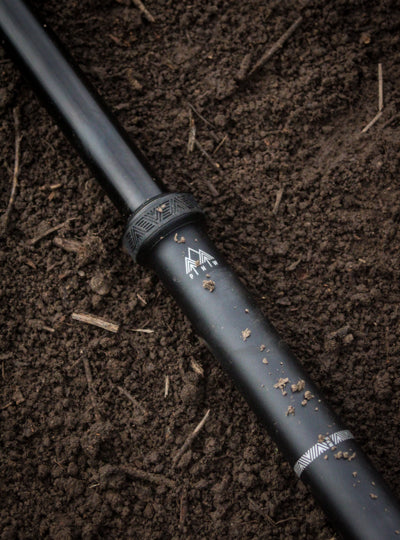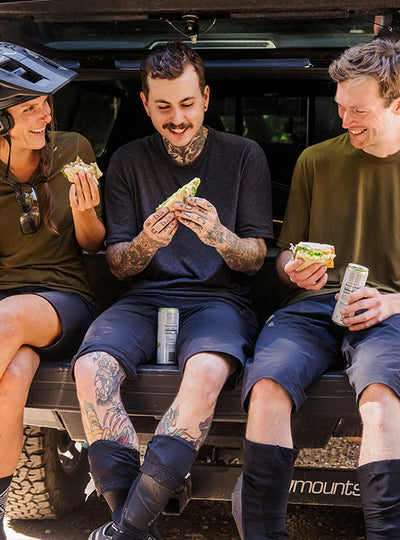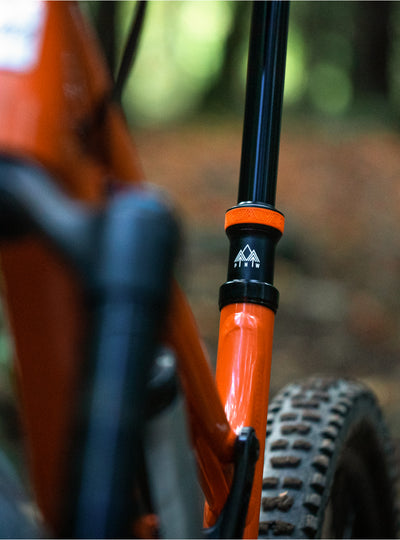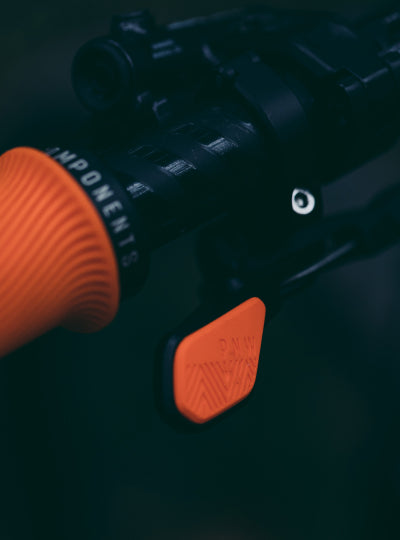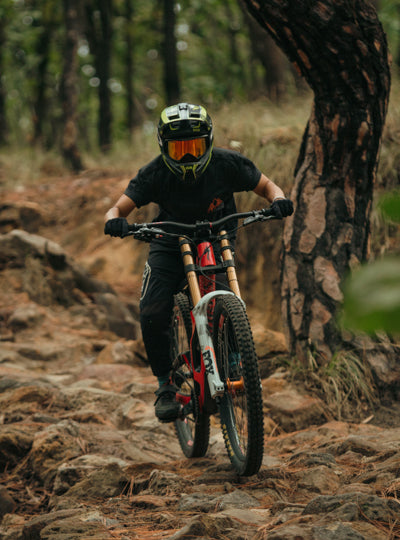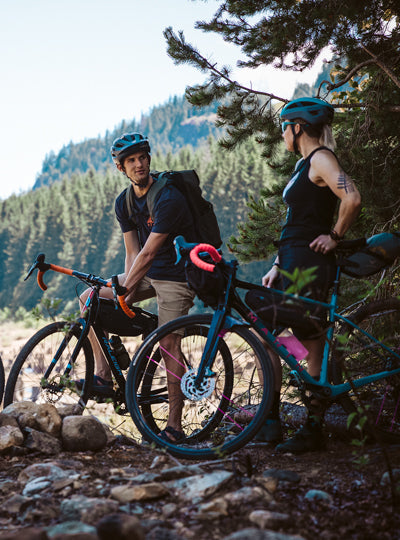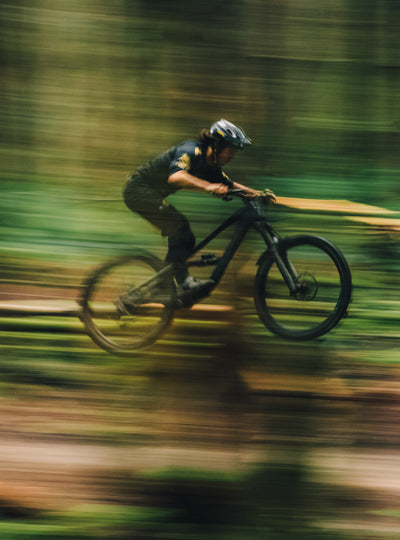We’re constantly looking for ways to improve our bike handling skills. Learning to manual is an incredible way to understand your body positioning, develop a stronger sense of balance and enhance your maneuverability on the trails. Also, it just looks super cool. Luckily, there’s a tool that can help us work on our one wheeled skills in a controlled environment: a manual trainer. We followed along with PNW Squad member Kyle Warner’s instructions for building a manual trainer and made a few tweaks of our own.
Disclaimer: Working with saws and power tools is dangerous no matter how skilled or experienced you may be. Please use caution if you choose to build a manual trainer by hand. Accidents happen when we least expect them, so stay aware of your surroundings and wear PPE.
Let's Build a Manual Trainer
While building our own manual trainer we decided to deviate slightly from Kyle’s instructions. We’ll let you know where went rogue and the choice is yours for how you would like to proceed.
Step 1 - Get Organized
Start your build process on the right foot and get yourself organized. Gather up your tools and arrange your workspace so you can find everything you need without issue.

Step 2 - Make the Initial Cut
Measure and cut a 20 inch piece from one of your 2x6’s. This will be the rear wheel brace on the back of your manual trainer.
Step 3 - Measuring the Base
- Lay a full length 2x6 on the ground.
- Mark the location of your eye bolt with your pencil in the center of the 2x6 about 2 inches from the end of the board.
- Place your bike on the 2x6 with the front wheel right behind the mark you just made.
- Place the 20 inch piece of 2x6 from Step 2 vertically behind your rear wheel.
- Using your pencil, draw a line where the 20 inch piece of 2x6 meets the base on the opposite side of your bike.
PNW's Note: At this step we attached the eye bolt to the base, however Kyle attaches the it near the end of the build.
Step 4 - The Horizontal Brace
Measure and cut a 48 inch section of your remaining 2x6 (the one you cut the 20 inch section from in Step 2). This will serve as your horizontal brace and will keep your manual trainer from leaning side to side.
PNW’s Note: We used a 2x4 for this step, as well as step 5, because we had an extra one lying around and wanted to save on weight.
Step 5 - Bracing Pads
- Measure and cut two 8 inch sections from the same 2x6 used in Step 4.
- Using your drill bit, drill one hole in each corner of the bracing pads.
- Align the bracing pads on opposite ends of the horizontal brace and attach them using your drill and screws.
Step 6 - Pre-Drill Your Horizontal Brace
- Center your horizontal brace on the base behind the mark you made for your rear brace in Step 3.
- Drill four holes at the center of the horizontal brace and attach it to the base with one screw for now.
Step 7 - Attach Your Horizontal Brace
- Use the line from Step 3 to align your rear brace on the manual trainer base.
- Move the horizontal brace so it is flush with the rear brace and use three more screws to completely attach the horizontal brace.

Step 8 - Attach Your Rear Brace
- Drill two holes in the bottom of the rear brace.
- Use two screws to attach the rear brace to the horizontal brace via the two holes you just drilled.

PNW’s Note: We were generous with the number of screws we used throughout this build. At this step we used three instead of two.
Step 9 - Cutting Your Side Rudders
Measure and cut two 24 inch sections of your 2x4. These will provide stability for your rear wheel.
Step 10 - Attaching Your Rudders
- Flip your manual trainer upside down and drill holes along the outside edges of the base where you will place your rudder in front of the rear brace.
- Drill two holes on the back side of your rear brace just above the horizontal brace.
- Using your drill and screws, attach your rudders to the base and horizontal brace via the holes you just drilled.

PNW’s Note: For this step we clamped the rudders to the base before flipping it over. Having the rudders in place made it easy to see where screws would be necessary. We also completed step 15 here.
Step 11 - Diagonal Braces
This step largely depends on the geometry of your bike and the location of your rear derailleur so we strongly recommend following along with Kyle’s video for ideas (jump to 9:06 in the video). We decided to create a different version of these braces for the sake of derailleur clearance and ease of building. We also attached an additional brace between the base and rear wheel brace for added support. See the photos below for inspiration.
Step 12 - Attach Your Diagonal Braces
- Before attaching your braces, place your bike on the manual trainer and make sure the diagonal braces will not contact your derailleur
- If your derailleur doesn’t contact your diagonal brace, remove your bike and drill holes through the backside of the rear brace and the diagonal brace, then attach the diagonal brace to your manual trainer using screws.
- If your derailleur does contact your diagonal braces, remove your bike and adjust your cuts until everything fits properly. Then attach your diagonal braces to your manual trainer.


Step 13 - Attach the Hook for Your Front Wheel
- Drill a hole where you marked your base in step 3.
- Screw in the eye bolt and attach one end of your bungee to the eye bolt.
Step 14 - Cut and Attach Your Rear Wheel Block
- Measure and cut a 6 inch section from your remaining 2x4.
- Place it flush with the front of your rudders and attach it to your rudders with screws.

PNW’s Note: As mentioned in our note on step 11, we attached the wheel block in an earlier step. This explains why in the photo above the diagonal braces are not attached.
Bonus Step - Sand, Prime, Paint
If you like a clean finish, sand your edges, prime your manual trainer, and give it a nice coat of paint to make it look pretty and complete.

Training Tip
Although a close second, the manual trainer does not replicate the feeling of a manual with 100% accuracy. While manualing you use the location of your pedals to help you balance, moving them both forward and backward to recenter your weight. The manual trainer holds your rear wheel in place meaning you cannot pedal forwards. If you want to replicate the feeling of a manual with more accuracy, try removing your chain from your bike.
Get Your Manual On
Now that you’ve put blood, sweat, and tears (hopefully only a bit of sweat…) into your manual trainer, it’s time to get training. Put your rear wheel into the manual trainer, attach the loose end of the bungee to your front wheel and give it a test. With enough practice you’ll soon be the envy of all your friends, pulling into sweet manuals down the trails and through the neighborhood.


